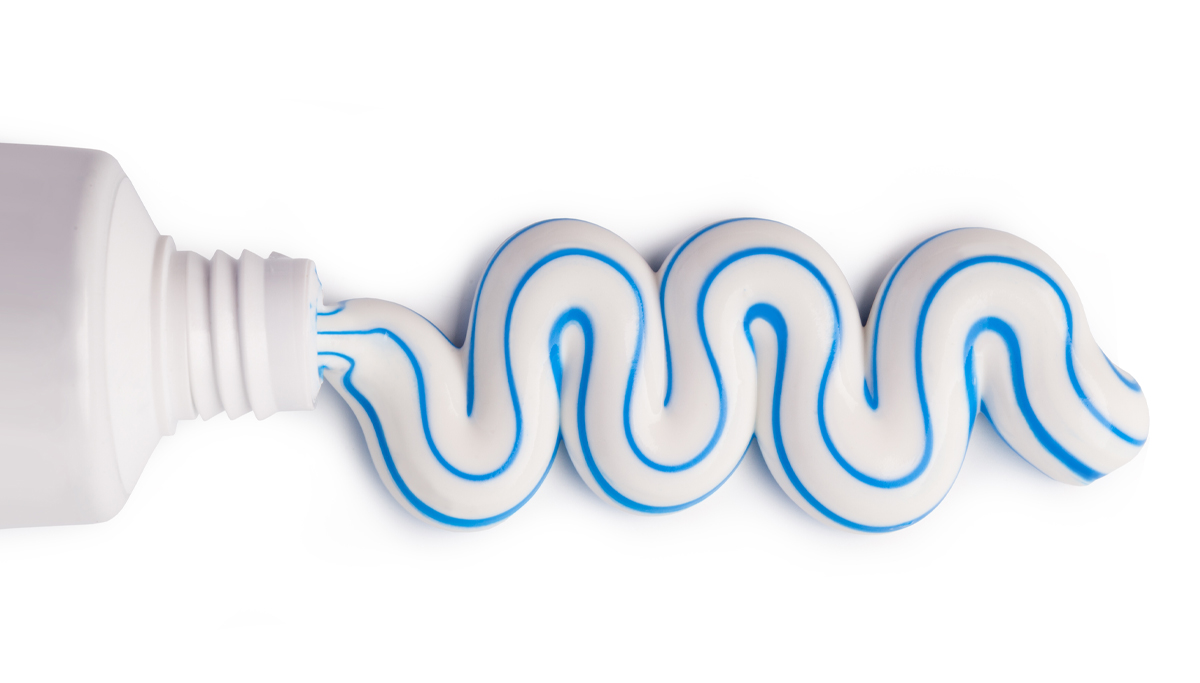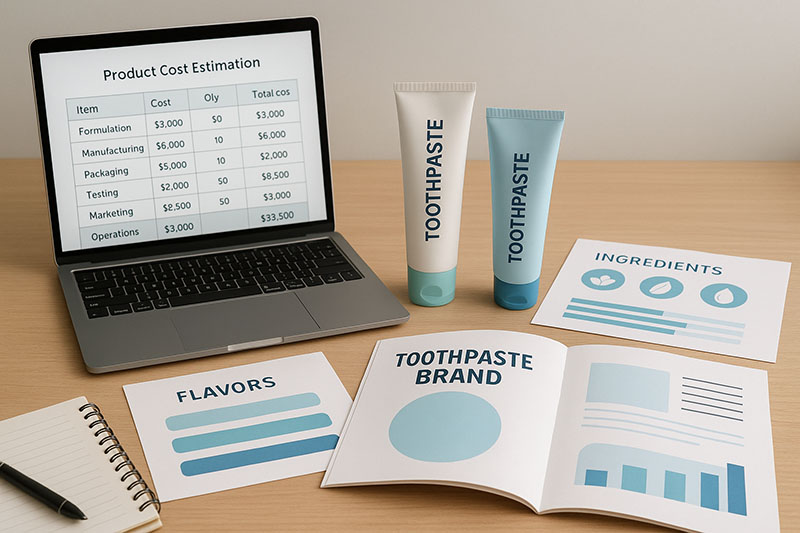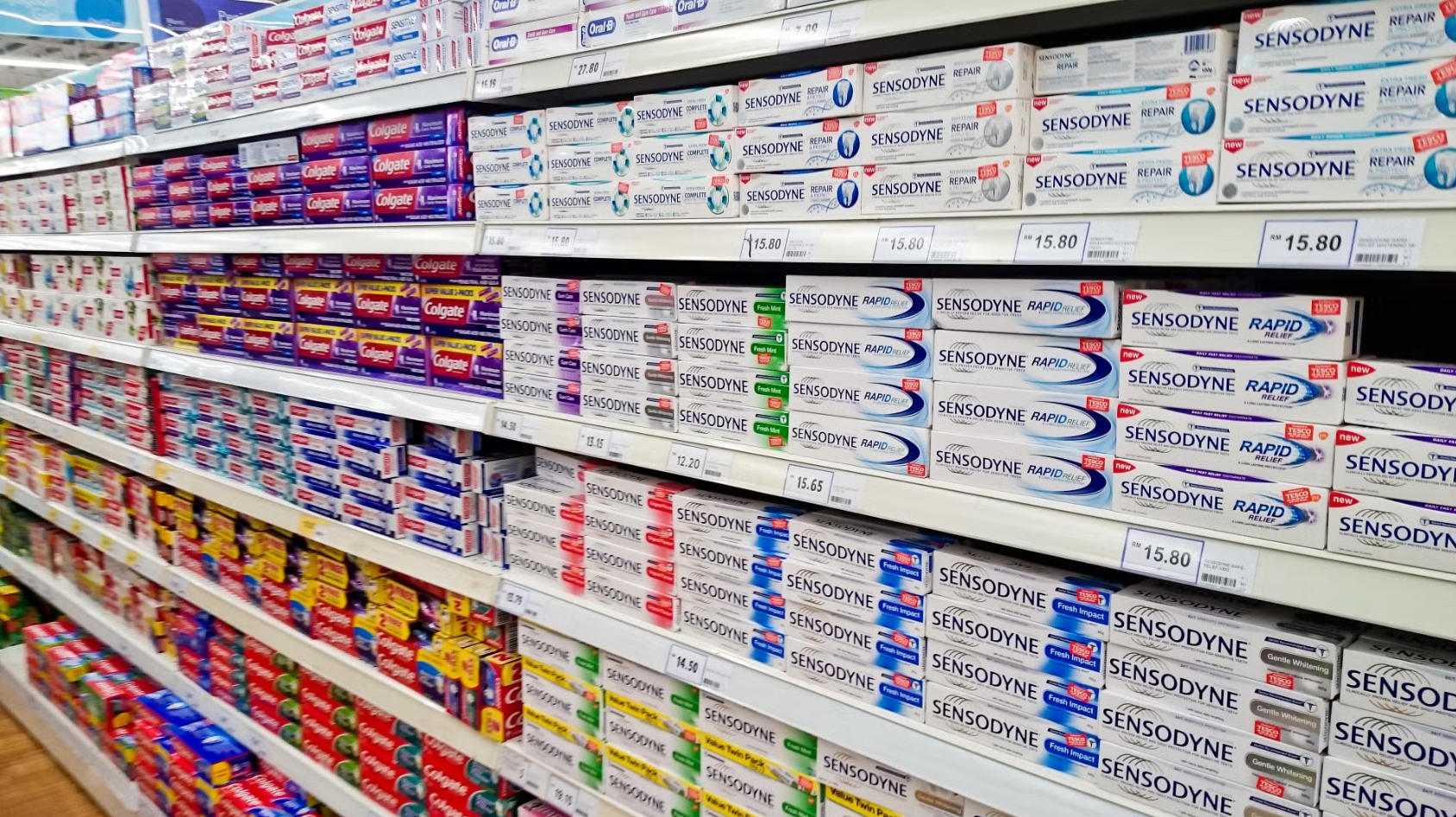Toothpaste Ingredients : What's Really in Your Toothpaste?

Introduction
Why You Should Care About What’s in Your Toothpaste
Toothpaste isn’t just a minty paste that freshens your breath—it’s a cocktail of chemicals and compounds with a specific mission: to clean, protect, and maintain your oral health. But have you ever stopped mid-brush and thought, “What exactly am I putting in my mouth?” Most people don’t. Understanding toothpaste ingredients can help you choose the right formula for your needs, avoid allergens or irritants, and maybe even make healthier choices for you and your family.
Brief History of Toothpaste Composition
Toothpaste has come a long way since its gritty beginnings in ancient Egypt, where crushed bones and oyster shells made up early cleaning agents. Over centuries, people used everything from charcoal to chalk. The modern formula, introduced in the 19th century, has evolved into a highly refined and targeted product with a blend of chemical and natural elements to suit specific dental issues.
The Core Ingredients in Every Toothpaste
Abrasives – The Scrubbers
Abrasives are the gritty heroes in your toothpaste. Their job? To scrub away plaque and food particles. Common abrasives include calcium carbonate, hydrated silica, and aluminum hydroxide. They’re gentle enough not to damage enamel but strong enough to clean effectively. Think of them as tiny sponges with elbow grease.
Fluoride – The Cavity Fighter
This is the MVP of most toothpaste formulas. Fluoride helps to remineralize enamel and prevent cavities. The most common forms are sodium fluoride, stannous fluoride, and sodium monofluorophosphate. If you’re prone to decay, fluoride is your best friend. However, some opt for fluoride-free options due to health concerns or personal preference.
Humectants – The Moisture Retainers
Ever wonder why your toothpaste doesn’t dry out? Thank humectants like glycerin, sorbitol, and propylene glycol. These ingredients attract and hold water, maintaining the paste’s texture and shelf life. Without them, toothpaste would harden like old playdough in a forgotten drawer.
Detergents – The Foam Makers
That satisfying foam when you brush? It’s from detergents, typically sodium lauryl sulfate (SLS). It helps distribute the toothpaste evenly across your teeth and break down debris. But beware: some people find SLS irritating to gums and prefer SLS-free alternatives.
Binders – The Stabilizers
Binders, like xanthan gum, carrageenan, and cellulose gum, prevent ingredients from separating. They keep everything mixed nicely so you get the right dose of cleaning power with every squeeze.
Flavoring Agents – The Taste Factor
No one wants to brush with something that tastes like clay. Flavoring agents, usually mint oils, cinnamon, or fruit extracts, make brushing a more pleasant experience—especially important for children’s toothpastes.
Sweeteners – Sugar-Free but Sweet
Toothpaste is sweet, but not from sugar. Instead, it uses non-cariogenic sweeteners like saccharin, xylitol, or stevia, which don’t contribute to tooth decay.
Coloring Agents – Visual Appeal
That pretty swirl or bright white color? Often the result of coloring agents like titanium dioxide or synthetic dyes. While largely cosmetic, they help brands maintain a consistent look that consumers recognize.
Specialty Ingredients in Modern Toothpastes
Whitening Agents – Shine Bright
If your toothpaste claims to whiten your teeth, it probably contains hydrogen peroxide, carbamide peroxide, or blue covarine. These ingredients work to remove surface stains or alter the way light reflects off your enamel for a whiter appearance.
Desensitizing Agents – Relief for Sensitive Teeth
For those who wince when sipping hot or cold drinks, desensitizing toothpastes use ingredients like potassium nitrate or strontium chloride. These work by blocking nerve signals or strengthening enamel over time.
Anti-bacterial Agents – Fighting Plaque and Gingivitis
Ingredients such as triclosan (though now banned in many countries), stannous fluoride, or zinc citrate offer antibacterial properties. They help in reducing gum inflammation and controlling tartar.
Herbal and Natural Alternatives
Natural brands often replace chemical agents with baking soda, tea tree oil, neem, or coconut oil. These ingredients have gained popularity for being eco-friendly and perceived as gentler, though their effectiveness may vary.
Controversial Toothpaste Ingredients You Should Know
Triclosan – Banned but Still Discussed
Once a go-to antibacterial agent, triclosan was banned in the U.S. for over-the-counter oral care due to concerns over hormone disruption and antibiotic resistance. Still, it’s worth scanning your label just in case.
Sodium Lauryl Sulfate (SLS) – Love It or Leave It?
SLS gives you that foamy feel, but for some, it causes mouth ulcers or irritation. Sensitive toothpaste lines often skip this ingredient in favor of gentler surfactants.
Titanium Dioxide – The Whitening Controversy
Used for its whitening properties, titanium dioxide is also found in paints and sunscreens. While approved for use in toothpaste, some studies have raised concerns about its nanoparticle form being a potential carcinogen when ingested.
Artificial Dyes and Flavors – Are They Safe?
Colorful stripes and artificial fruit flavors may be fun, but synthetic dyes like FD&C Blue No. 1 have been scrutinized for possible allergic reactions or hyperactivity in kids.
How to Read a Toothpaste Label Like a Pro
Decoding Ingredient Order
Just like food labels, ingredients are listed from most to least. If fluoride or an active ingredient is at the bottom, its effect might be minimal. Pay attention to the first five components—they make up the bulk of the product.
Spotting Red Flags
Look out for controversial ingredients, especially if you have allergies, sensitive gums, or are shopping for children. SLS, artificial dyes, and parabens are often flagged by cautious consumers.
Natural vs. Conventional Labels
Don’t fall for the “natural” label without reading the fine print. A product may still contain chemical preservatives or synthetic sweeteners. Look for third-party certifications for true transparency.
Choosing the Right Toothpaste for Your Needs
Toothpaste for Sensitive Teeth
Look for potassium nitrate, strontium chloride, or arginine. These help block pain signals from the nerves and build up enamel resilience over time.
Best for Kids
Fluoride content is usually lower in children’s toothpaste, and flavors are more kid-friendly. Choose a paste with no SLS or harsh abrasives and encourage them to use a pea-sized amount.
Best Natural and Fluoride-Free Options
If you prefer a fluoride-free option, seek out brands that use hydroxyapatite, xylitol, or herbal oils. These offer a natural approach without compromising on protection.
Toothpaste for Whitening
Go for options with mild abrasives, peroxide, or enzymes that break down stains. Just be sure not to overuse them, as some whitening agents can increase sensitivity.
Toothpaste for Gum Health
Look for antibacterial ingredients like zinc citrate, essential oils, or stannous fluoride. These help reduce inflammation and bacterial load in the mouth.
DIY and Natural Toothpaste Options
Common Natural Ingredients
DIY recipes often include baking soda, coconut oil, essential oils, clay, and xylitol. Each has its role, from neutralizing acids to freshening breath.
Pros and Cons of Homemade Toothpaste
While DIY options allow full ingredient control, they may lack fluoride or enamel-strengthening agents. Long-term use without professional input could potentially do more harm than good.
Simple DIY Toothpaste Recipe
Ingredients:
2 tbsp baking soda
2 tbsp coconut oil
10 drops peppermint essential oil
1 tsp xylitol powder
Optional: bentonite clay for minerals
Instructions:
Mix baking soda and coconut oil until smooth.
Add xylitol and essential oil.
Store in an airtight jar.
Use a pea-sized amount per brushing.
Try Lidercare Now!
We Help You Launch New Products, And Continue To Grow. Try Us With 20% Off Your First Order!
Conclusion and Final Thoughts
Knowing what’s inside your toothpaste empowers you to make smarter, healthier choices. From fluoride and abrasives to natural oils and whitening agents, every ingredient plays a role. But not all ingredients are created equal. Be informed. Read labels. Choose products that align with your values and oral health goals. Because your smile deserves more than just a minty finish—it deserves mindfulness.
FAQs
1. Is fluoride dangerous in toothpaste?
No, fluoride in the proper dosage is safe and effective. It’s only harmful if swallowed in large amounts. Always supervise young children while brushing.
2. What’s the best toothpaste for whitening without sensitivity?
Look for gentle whitening agents like hydrated silica and low-concentration peroxide or natural enzymes like papain.
3. Are natural toothpastes as effective as conventional ones?
Some are! Natural options with xylitol or hydroxyapatite can be very effective. However, results vary by brand and your personal oral health needs.
4. Why does toothpaste foam, and is it necessary?
Foaming is caused by detergents like SLS. While it helps distribute paste, it’s not essential for cleaning and can be omitted if you have sensitivities.
5. Can I make my own toothpaste and skip store-bought?
Yes, but consult a dentist first. DIY options may lack fluoride and other essential compounds. Monitor for signs of enamel wear or sensitivity.
Further reading resources
American Dental Association – Toothpaste Basics
Learn about the essential components in toothpaste and their functions according to dental professionals.FDA – Is Your Toothpaste Safe?
The U.S. FDA explains toothpaste regulations, safety standards, and ingredient oversight.National Institutes of Health – Fluoride in Dental Products
A scientific overview of fluoride’s role in oral health and its impact on preventing cavities.Environmental Working Group – Toothpaste Ingredient Guide
A consumer-friendly database rating the safety of toothpaste ingredients.Healthline – Natural vs. Conventional Toothpaste
A detailed comparison of natural and traditional toothpastes, their benefits, and drawbacks.
Table of Contents
Awesome! Share to:
Latest Blog Posts
Check out the latest industry trends and take inspiration from our updated blogs, giving you a fresh insight to help boost your business.



